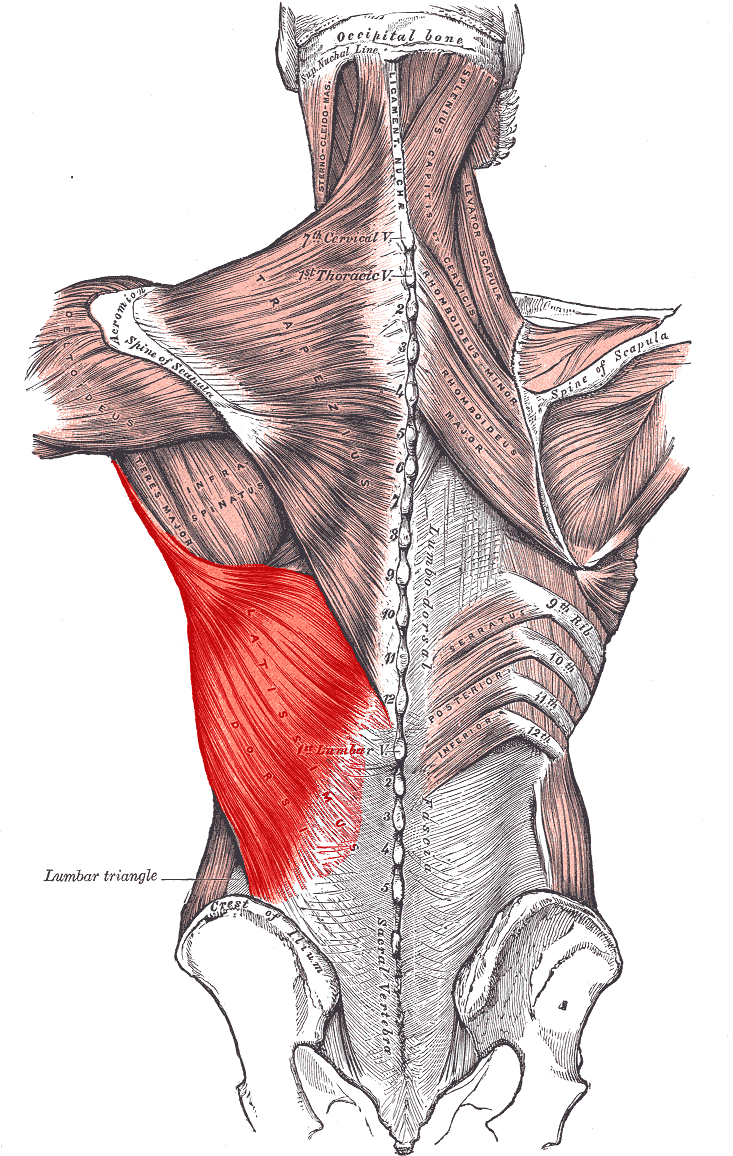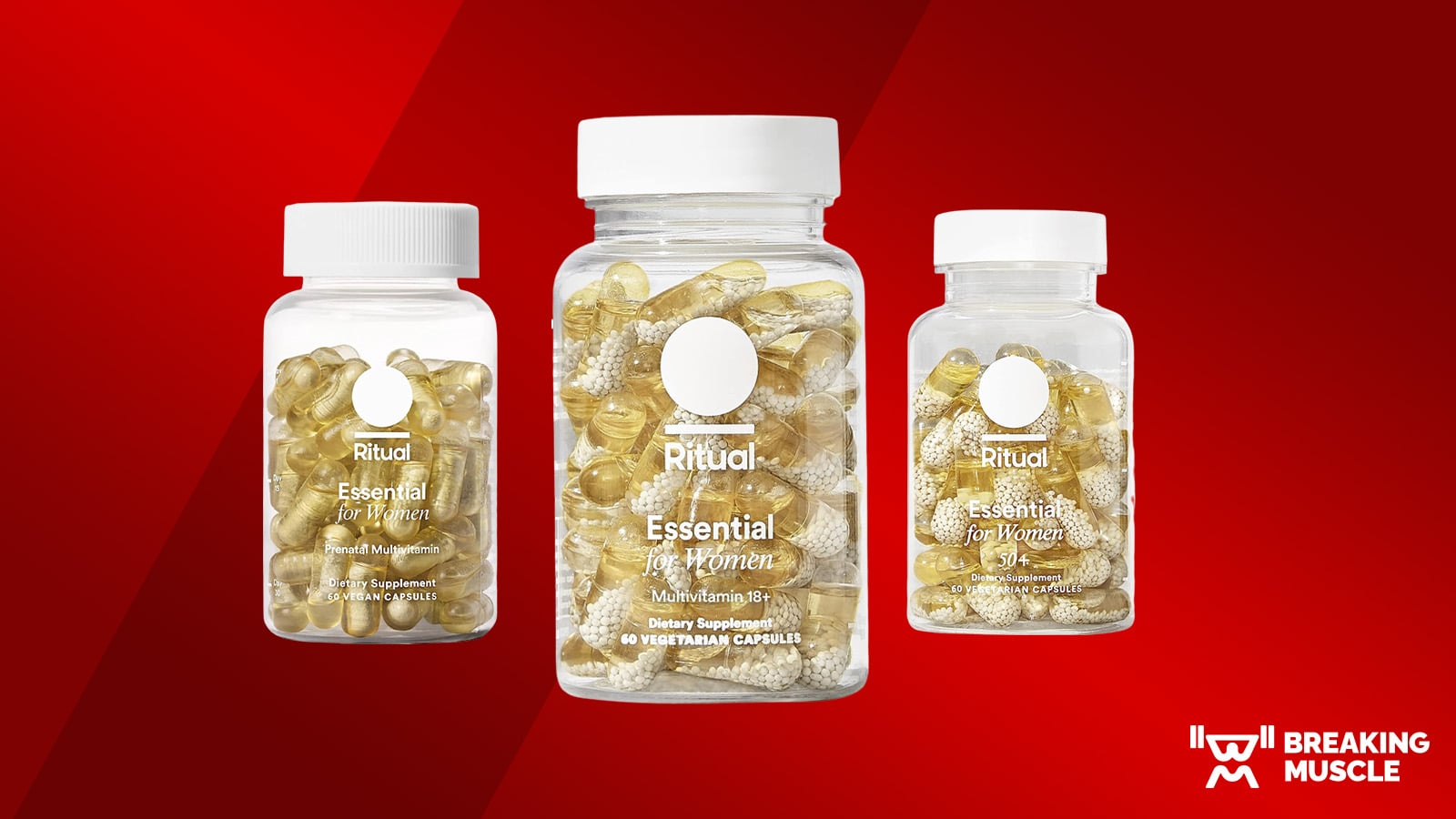If you’ve followed my work for any period of time, you’ve probably caught snippets of me writing about the need to appreciate the difference between osteokinematics and arthrokinematics – and more importantly, how they relate to injuries. If you missed it, this article is a good synopsis you’ll want to check out before pressing onward with today’s post: Checks and Balances in the Shoulder of the Throwing Athlete.
We often talk about how a very dense, hypertonic latissimus dorsi can create a host of problems at the shoulder from the significant depressive effect it has on the entire shoulder girdle. This is what a heavily depressed scapular presentation looks like; you’ll notice that in spite of the athlete carrying a fair amount of muscle mass (as indicated by lat muscle bulk), it seems like the upper traps are non-existent. In reality, they’re just heavily overstretched – and likely heavily toned up due to protective tension.

In this position, the lower traps have to work harder to preserve scapular posterior tilt in place of scapular depression. And, the rotator cuff has to work harder to prevent humeral anterior glide. Don’t forget that the inferior aspect of the lat is continuous with the thoracolumbar fascia, so the fascial system is heavily involved in this tug-o-war.

To open an additional can of worms, there are also scenarios where the fascial system impacts arthokinematics directly, too. For example, there are plenty of examples where the fascia is continuous with joint capsules.
At the end of the day, what the preceding few paragraphs remind us is that the best programs are comprehensive ones, and you can’t have a comprehensive program that doesn’t consider the contributions – good or bad – of fascia. Long-chain, whole body movements are terrific for fascial fitness, but they may be problematic for someone who doesn’t have joint-specific arthrokinematic control. This pattern may be awesome for stimulating multiple fascial lines, but terrible if your (left) rotator cuff isn’t holding up its end of the bargain and you can’t get overhead pain free:
To make it work safely, you may need to level up some arthrokinematic control, possibly with some left serratus anterior activation to improve right thoracic rotation, some lower trap activation to get you some left scapular posterior tilt, or some activation to turn on a banged up rotator cuff that hasn’t done its humeral-head-centering job correctly in years. Or you may need some manual therapy or self myofascial release on a densification elsewhere along a fascial line to allow for more “give” (extensibility might be a better word) at the site of the pain. This is partially why manual therapy on a foot or hand can take away pain at a hip or shoulder, respectively; it creates a transient reduction in stiffness that might unfavorably impact osteokinematic motion elsewhere. Either your stabilizers (arthrokinematic controllers) level up, or you tone down the de-stabilizers…or you end up with discomfort.




